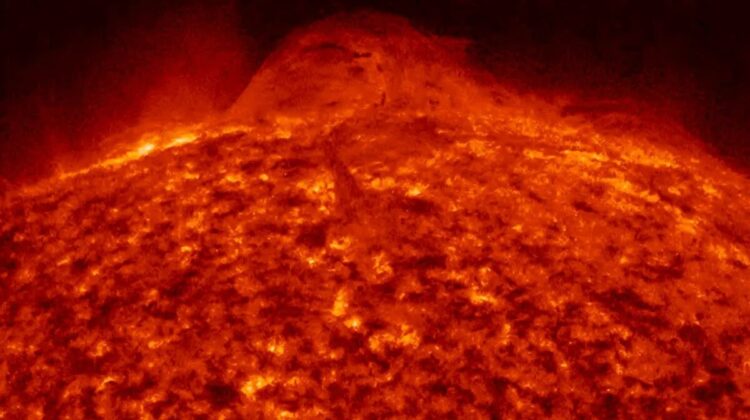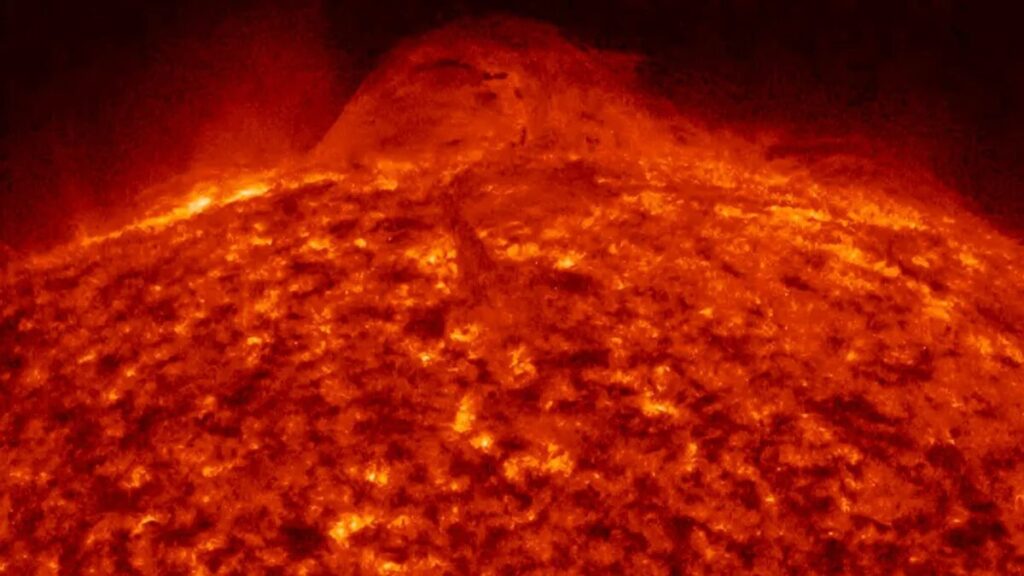
They’re asking the wrong question.
Let’s delve into a common query circulating among curious minds: “If there’s no oxygen in space, how is the Sun on fire?” It’s a question that seems straightforward but actually leads us to a deeper understanding of the universe.
Firstly, it’s essential to correct a common misconception: there is indeed some molecular oxygen in space, although it’s relatively sparse. It’s been detected in molecular form in select locations like the Orion Nebula and the Rho Ophiuchi cloud. However, it’s crucial to clarify that the Sun doesn’t ‘burn’ in the way we understand fire on Earth. The phenomenon we perceive as ‘fire’ is exclusive to our planet.

For combustion, oxygen is a necessity. Yet, space, including the Sun, doesn’t boast the atmospheric conditions conducive to conventional combustion. On Earth, our atmosphere contains approximately 21 percent oxygen, facilitating the combustion process. But the Sun’s composition is predominantly hydrogen and helium, leaving little room for oxygen. Instead of combustion, the Sun’s energy is generated through a process called nuclear fusion.
Nuclear fusion occurs at the Sun’s core, where immense pressure and temperature—around 27 million degrees Fahrenheit (15 million degrees Celsius)—facilitate the fusion of hydrogen atoms into helium. This process releases vast amounts of energy, which manifests as heat and light, the primary components of the Sun’s radiance.
Now, if the Sun isn’t ablaze and space is a vacuum, how does its warmth reach us on Earth? The answer lies in solar radiation. Despite the vacuum of space, the Sun emits radiation across the electromagnetic spectrum, including visible light. When this radiation encounters particles in Earth’s atmosphere, it interacts with them, ultimately resulting in the warmth we feel—a consequence of energy transfer rather than direct heat conduction.
In essence, while oxygen plays a crucial role in combustion on Earth, the Sun’s energy source lies in the marvel of nuclear fusion. Understanding this process not only illuminates the Sun’s brilliance but also underscores the complexities of our universe, inviting us to explore further the mysteries that lie beyond our terrestrial confines.

Leave a Reply